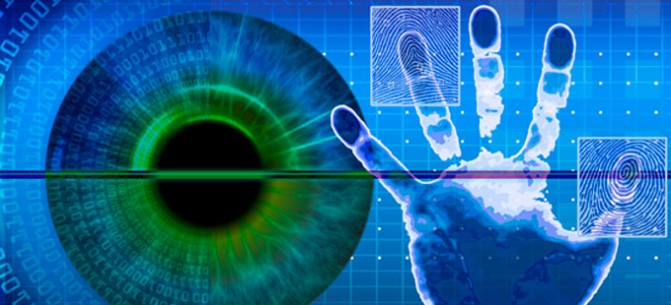Biometric Identification and Law Enforcement Access to Data
Starting July 1, Russian citizens will be able to become bank clients without visiting a branch in person. For this convenience, banks will pay 200 rubles per person for biometric identification services.
Biometric Identification in Russia
The first working version of the Unified Biometric System, which allows citizens to become bank clients remotely, was presented on February 19. According to RBC, the system is now ready for integration with the IT systems of participating pilot banks. In the future, the system will expand beyond banking to include government services, healthcare, education, retail, and more.
According to Rostelecom (the system developer), the Unified Biometric System will launch in Russia on July 1, 2018. Alexander Ayvazov, Vice President for Business Development at Rostelecom, clarified that banks will pay 200 rubles for access to a citizen’s personal data in the unified identification database. Half of this amount will go to the bank that initially collected the biometric data, while the other 100 rubles will be distributed among other system participants (the system operator, the government services portal, and technology vendors). Rostelecom did not disclose all platform developers, only noting that different vendors are used for each identification parameter.
More than 20 banks have already started testing the system, collecting data and conducting remote identification in test mode. Damir Galiev, head of the innovation development project office at Ak Bars Bank, noted that until the law takes effect, all work is done exclusively with virtual data emulating real biometrics.
According to Vladimir Verkhoshinsky, a member of VTB’s management board, the range of actions clients can perform using biometric data is determined by each bank. Initially, only simple operations (such as transfers between personal accounts or opening small deposits) will be available, but within two to three years, more complex services like mortgage applications will be offered.
Data Security
Personal data will be stored in a secure environment, and the system will undergo certification and approval according to FSB requirements, said Ivan Berov, director of Rostelecom’s Digital Identity office.
The digital platform itself is hosted in Rostelecom’s secure cloud infrastructure, with banks accessing it through special communication channels of the Interdepartmental Electronic Interaction System (SMEV).
Berov also added that user data will be transmitted via secure channels using domestic cryptographic algorithms. To support this, Rostelecom is developing a special mobile app with built-in cryptographic protection.
Why Is Biometric Identification Needed?
The Ministry of Communications and other agencies have been developing the Unified Biometric System since mid-2016, following a government commission directive on information technology. The system will first be implemented in the banking sector. Remote client identification became possible after amendments to the law “On Counteracting the Legalization (Laundering) of Proceeds from Crime and the Financing of Terrorism” were adopted at the end of 2017. Previously, the law prohibited opening an account for an individual without their personal presence at a bank branch.
With the system’s launch, consumers can complete initial identification at a bank authorized to collect biometrics. Their photo will be taken via webcam and their voice recorded. This will allow them to become clients of any bank and access banking services remotely in the future. When contacting a bank remotely, the system will prompt registered users to show their face to a camera and say a phrase suggested by the system. If the voice and image match, the user will gain access to financial services.
Law Enforcement Access to Data
The Ministry of Internal Affairs (MVD) and the Federal Security Service (FSB) will be able to obtain Russians’ biometric data from banks without their consent, according to “Vedomosti,” citing a draft law on remote identification. The document, which the State Duma passed in its second reading, states that the operator of the biometric system will provide the MVD and FSB with information about registered citizens.
Through biometric identification, Russians will be able to access financial services online. To do this, a client must first register at a bank, which will then send the data to the Unified Identification and Authentication System on the government services portal. The system will also record the client’s face and voice.
According to “Vedomosti,” the MVD wanted to be the sole operator of the biometric system, but these functions were assigned to Rostelecom instead.



